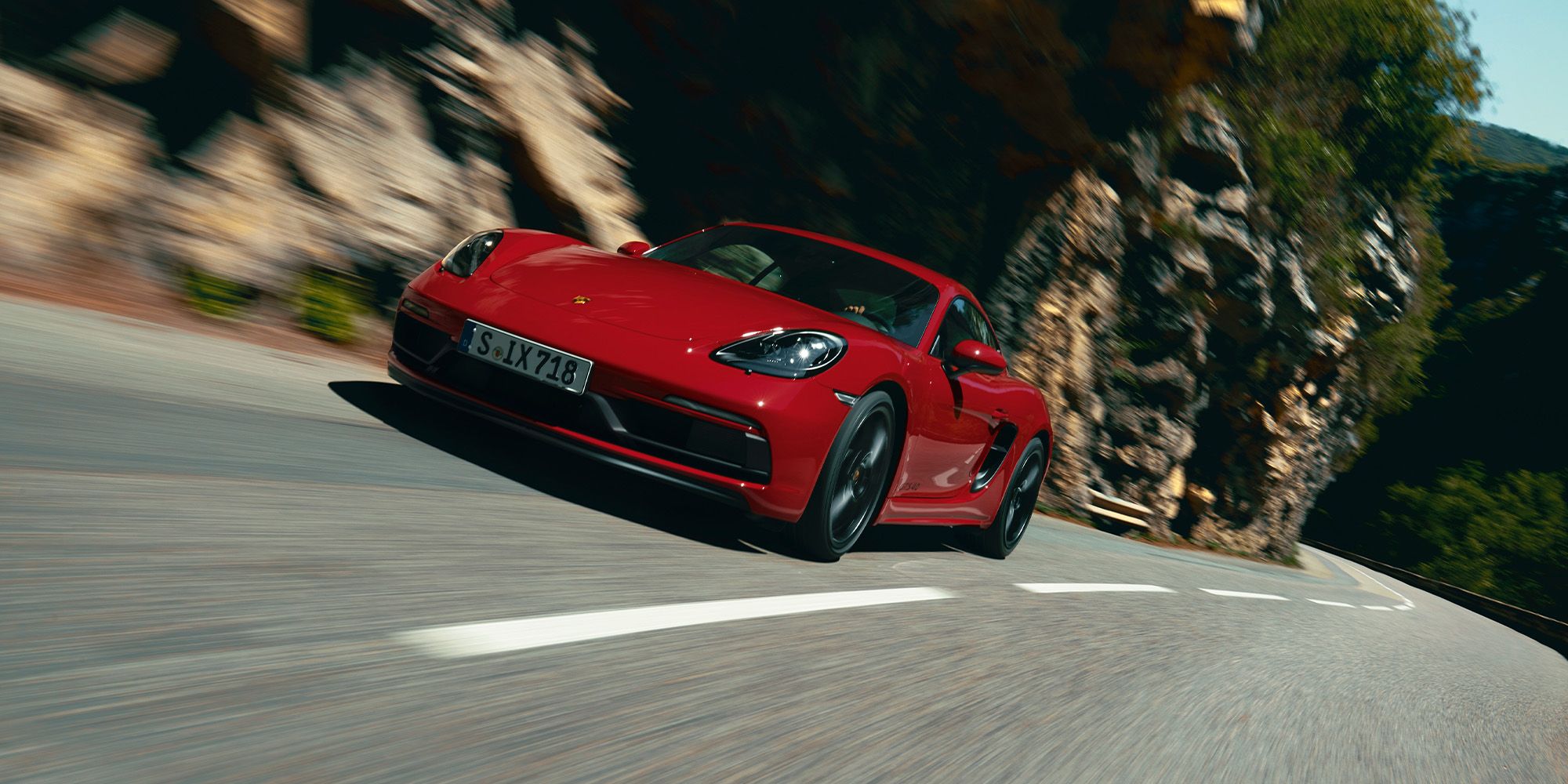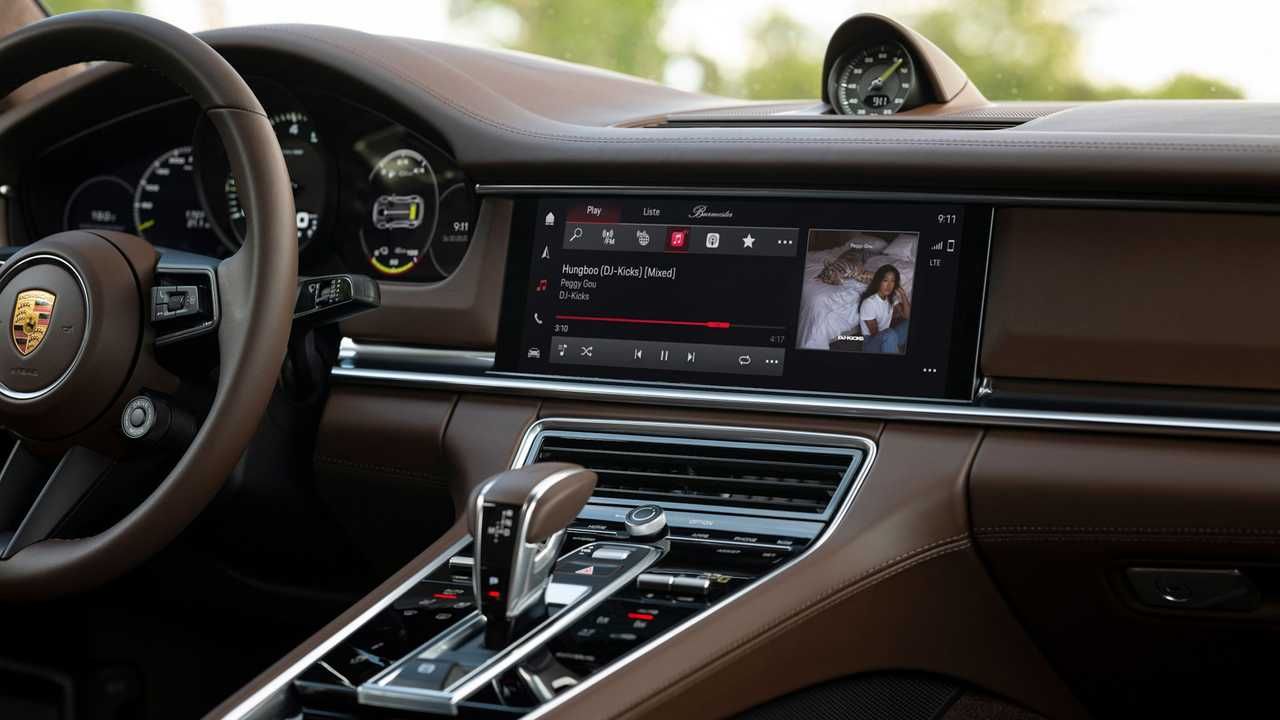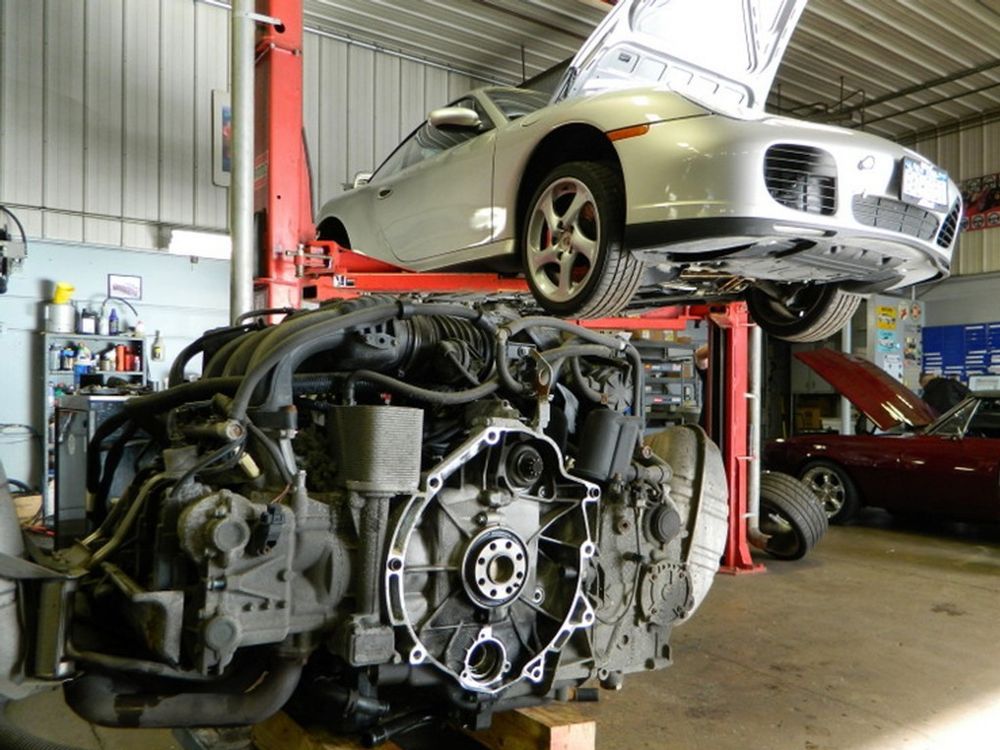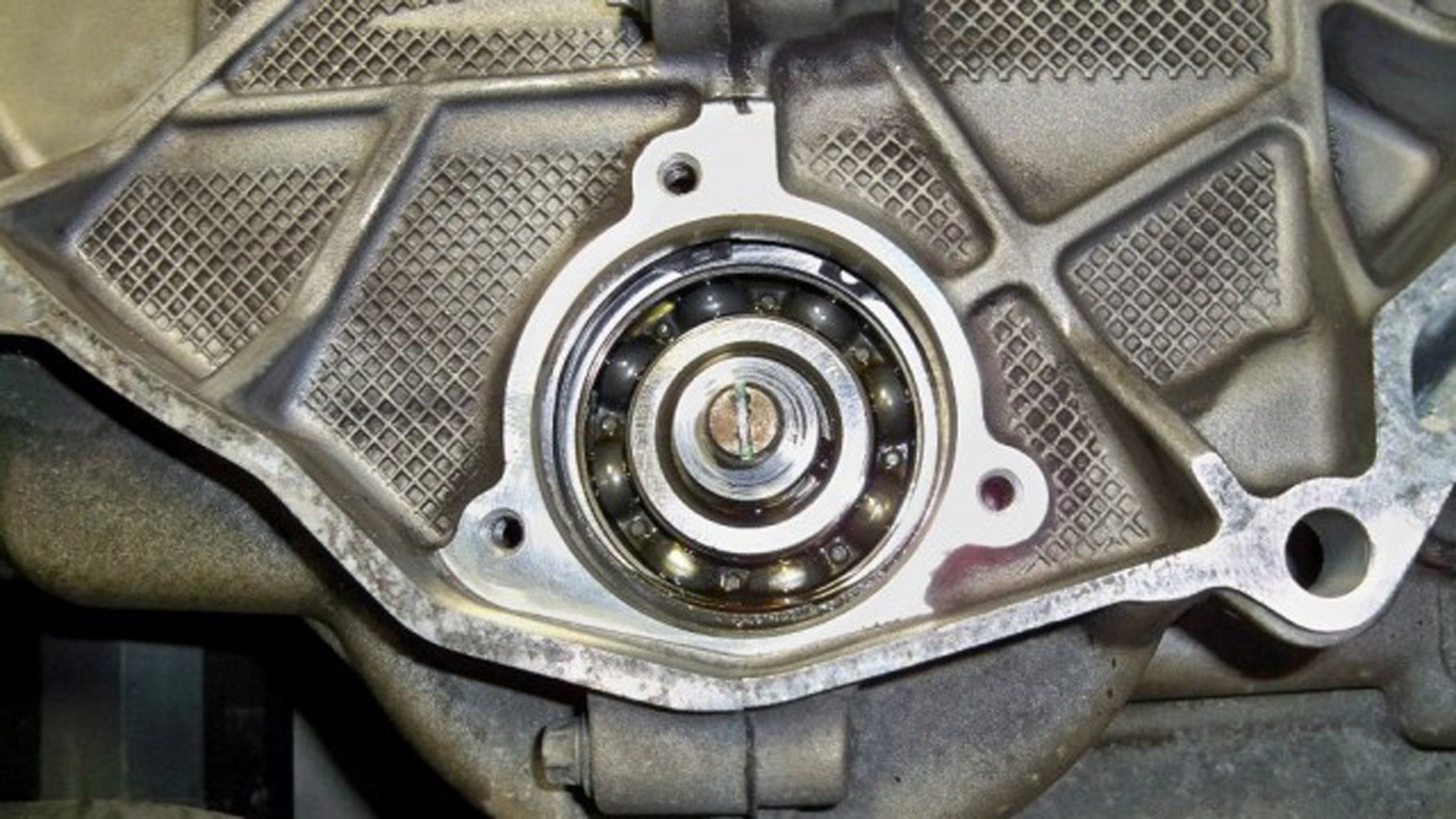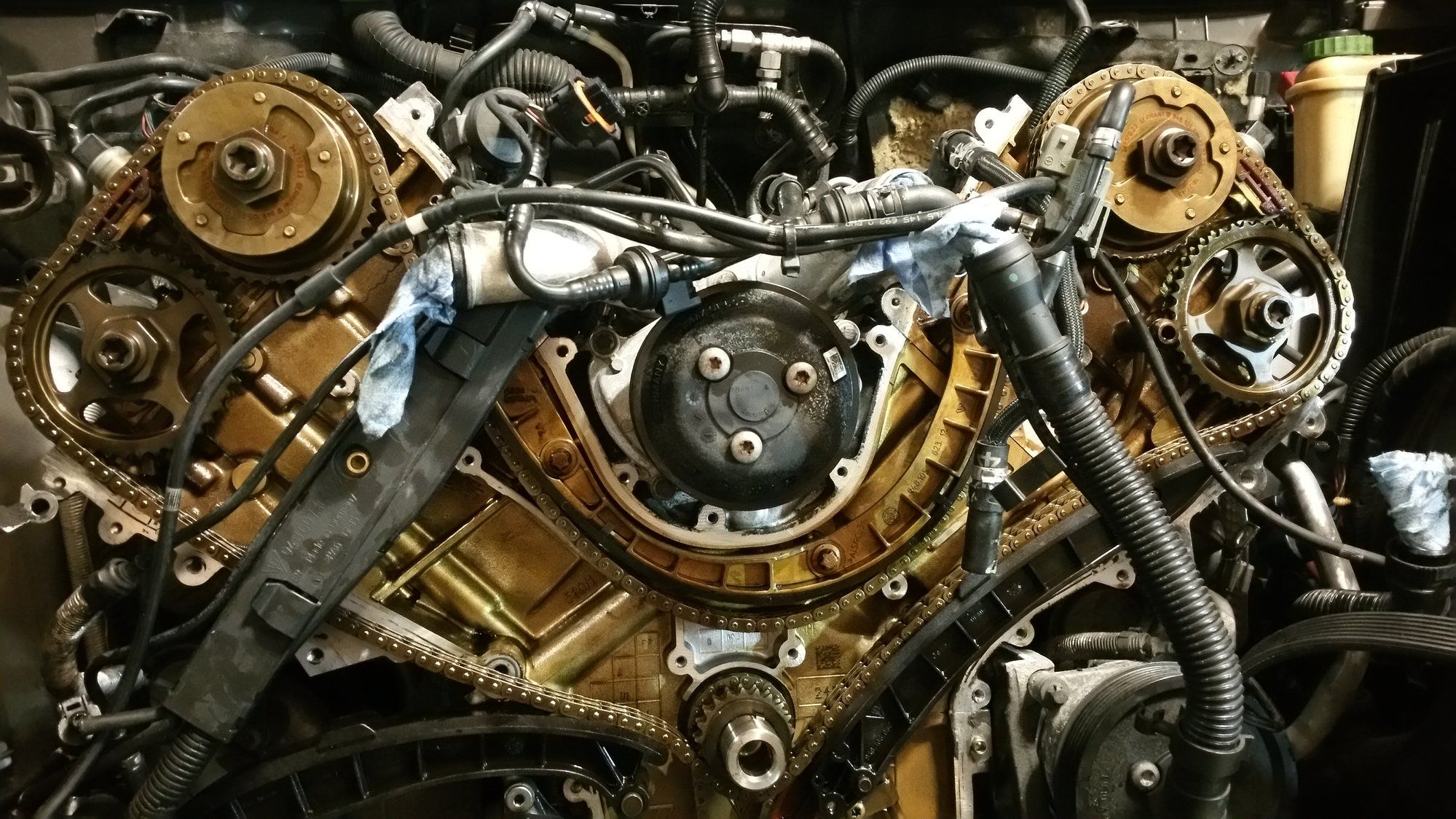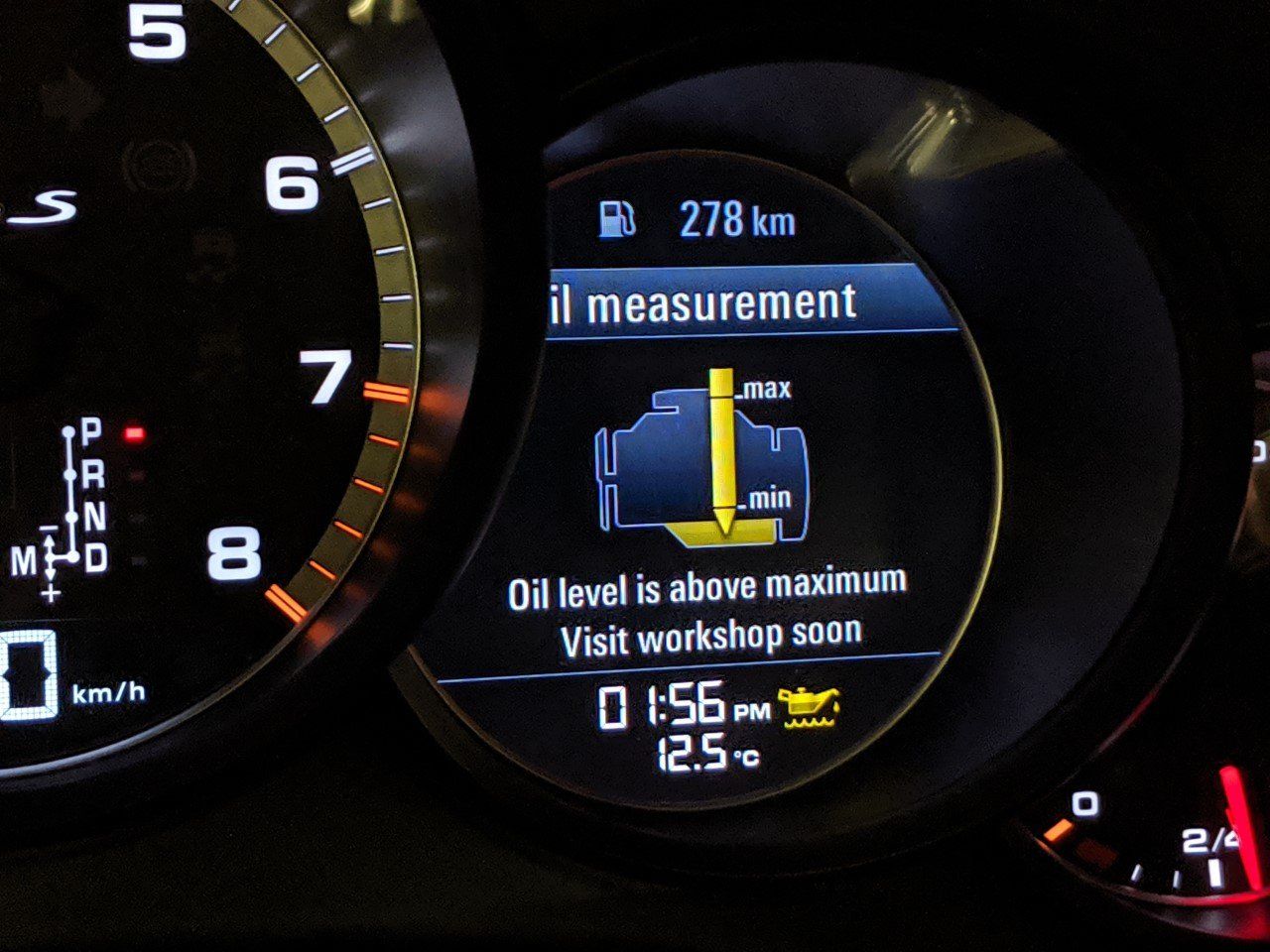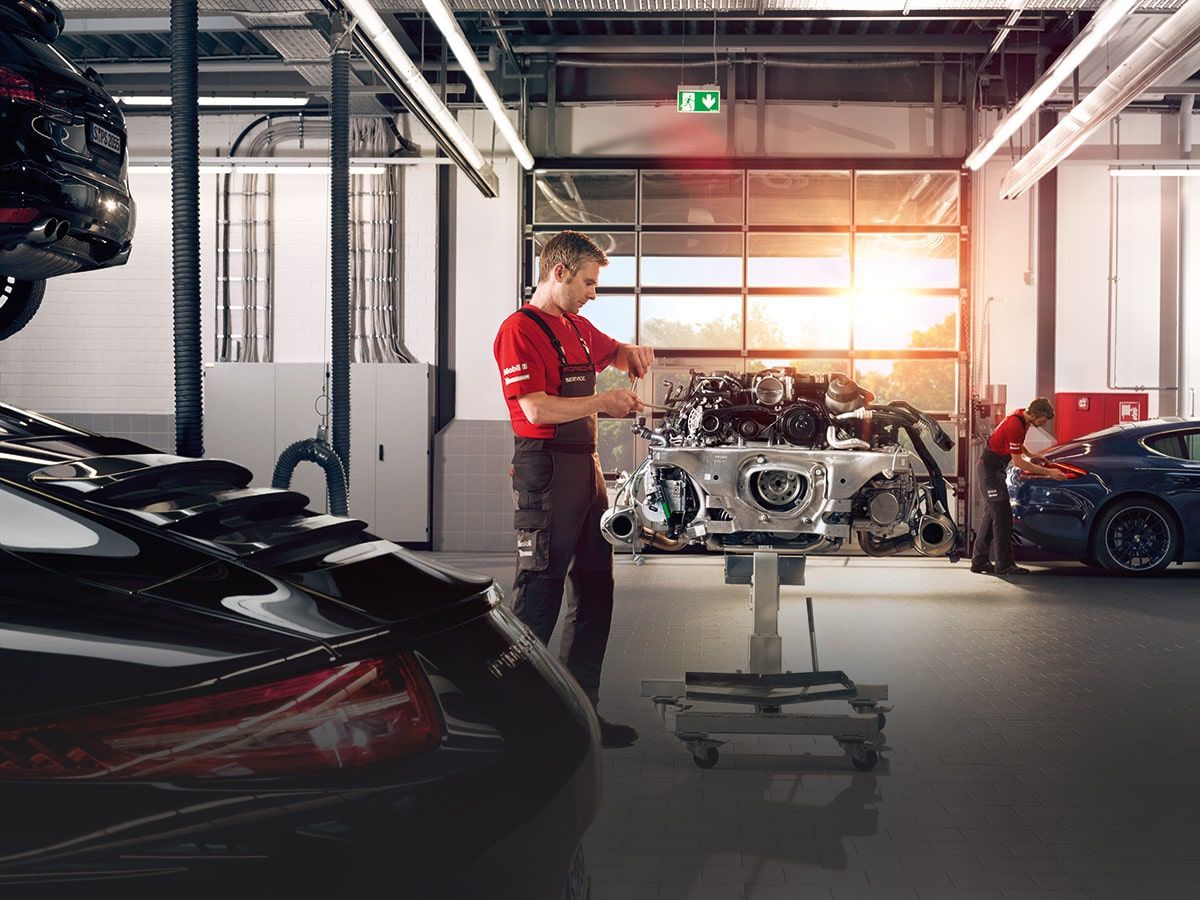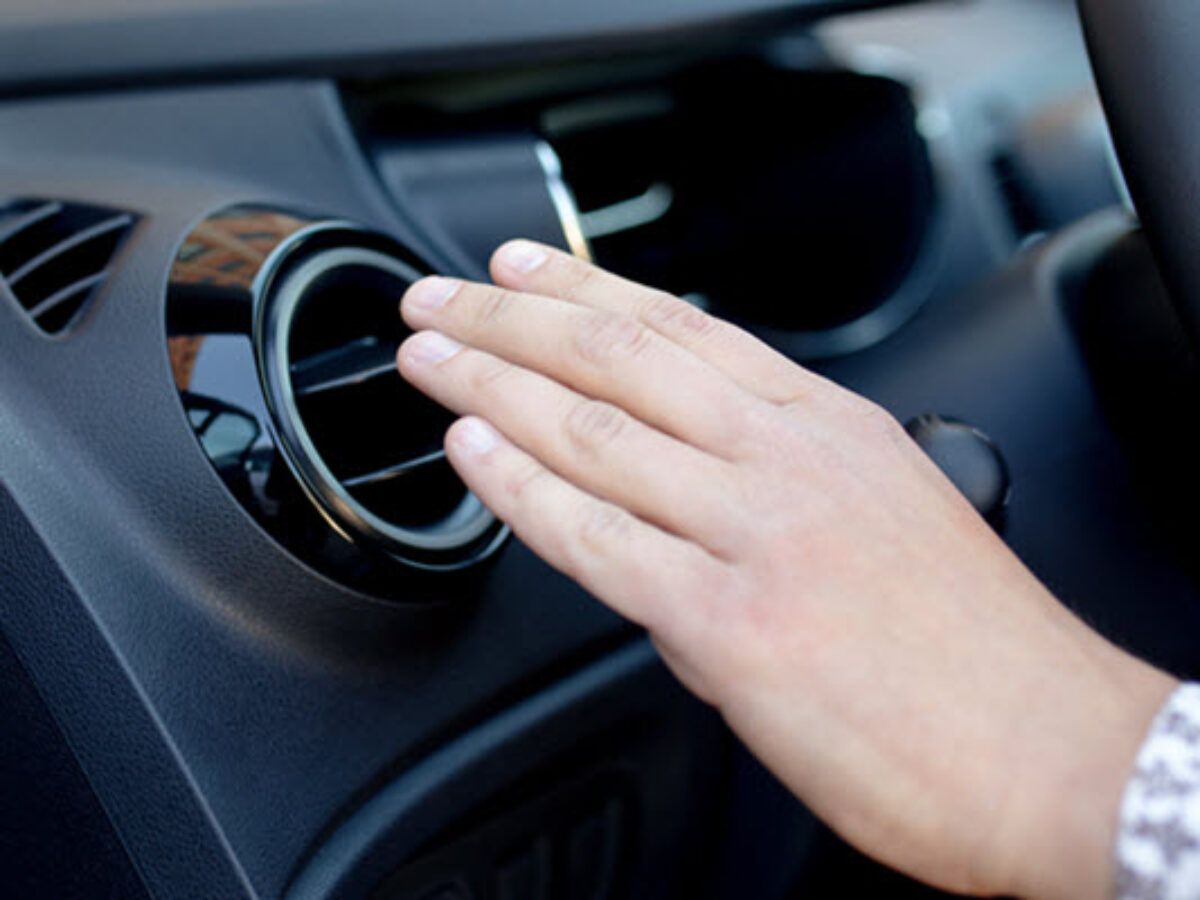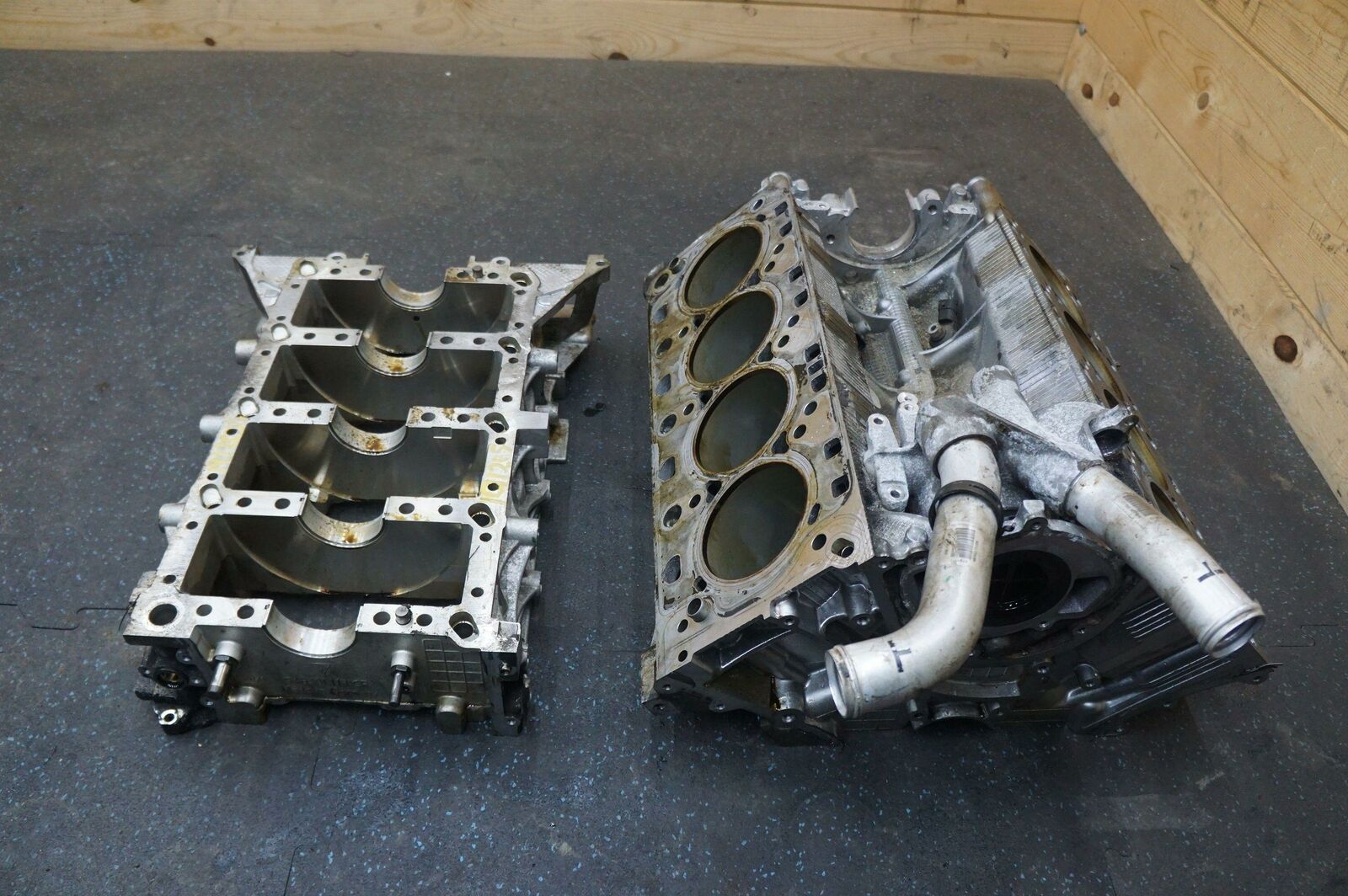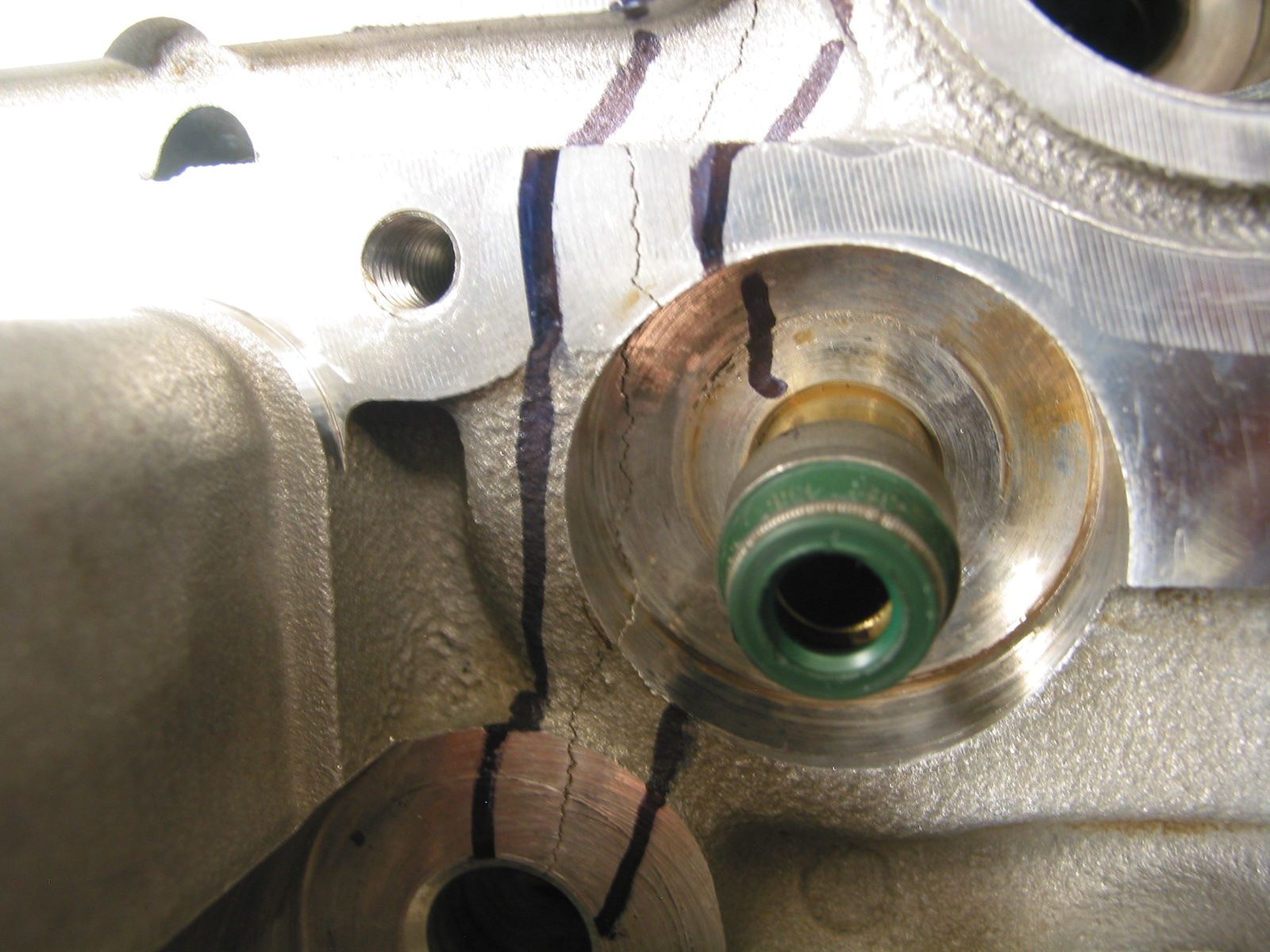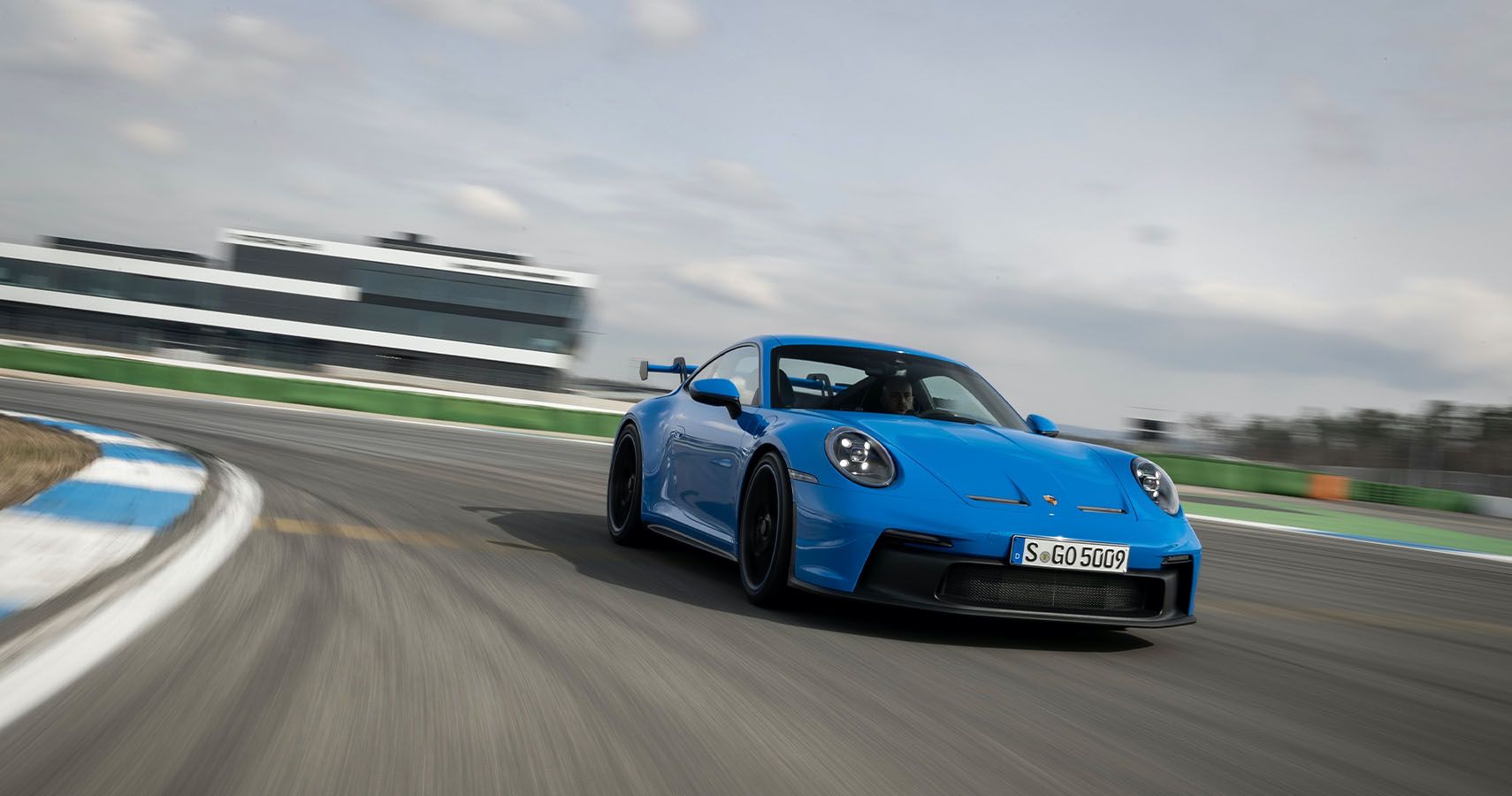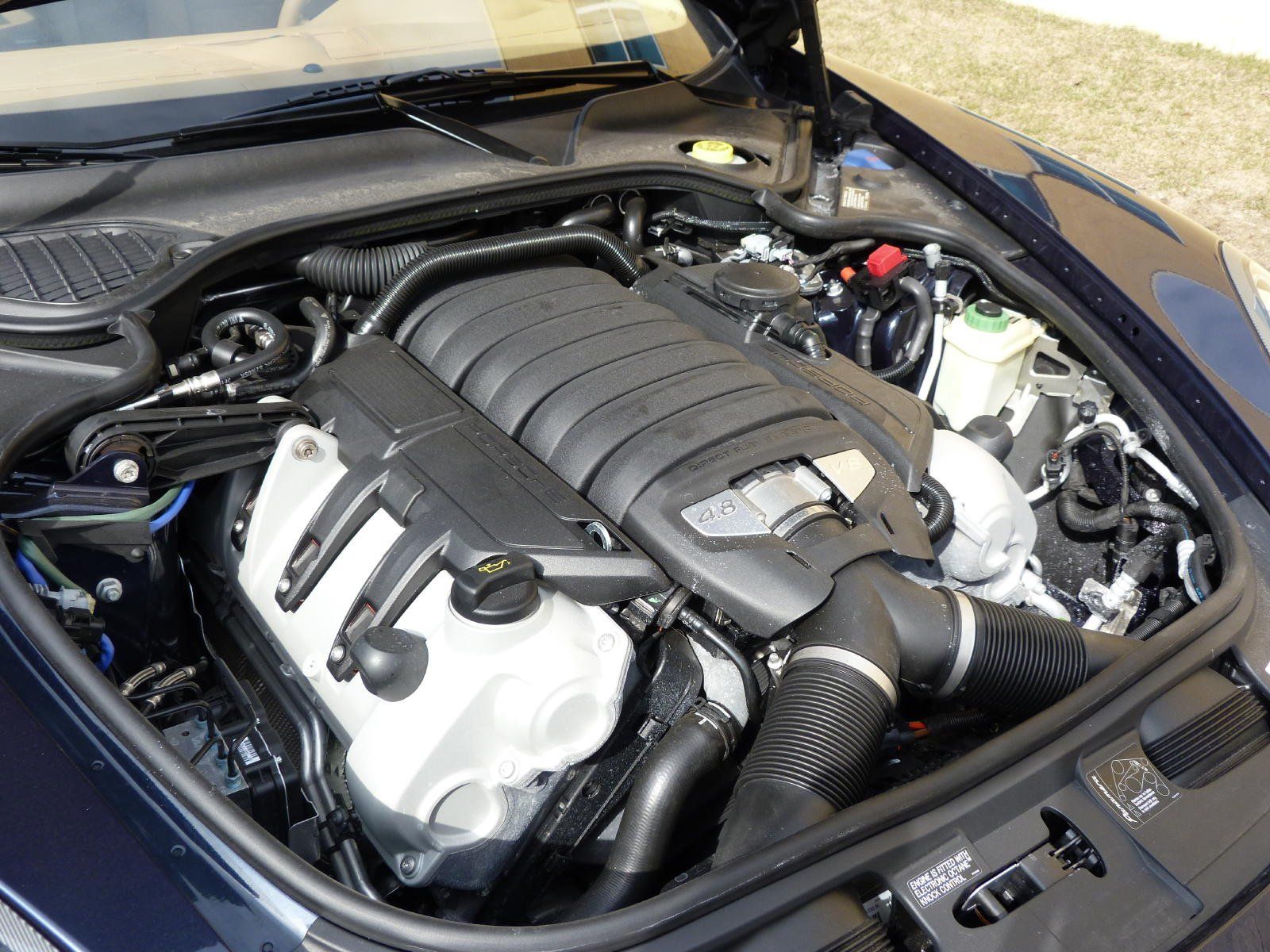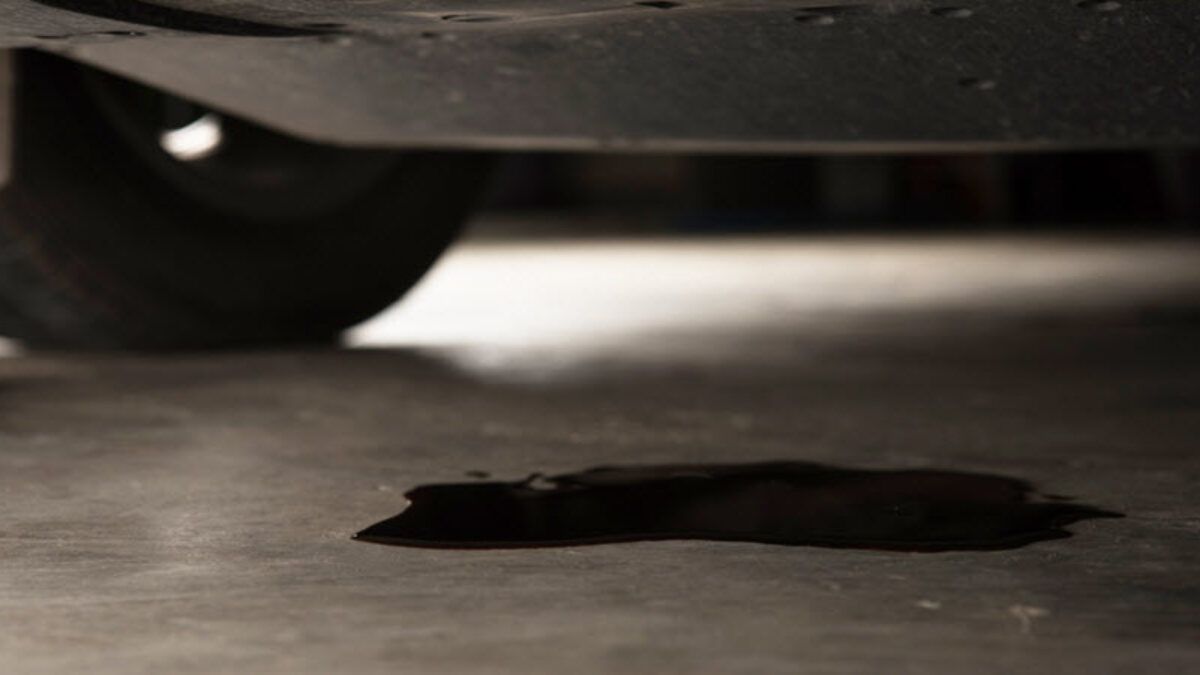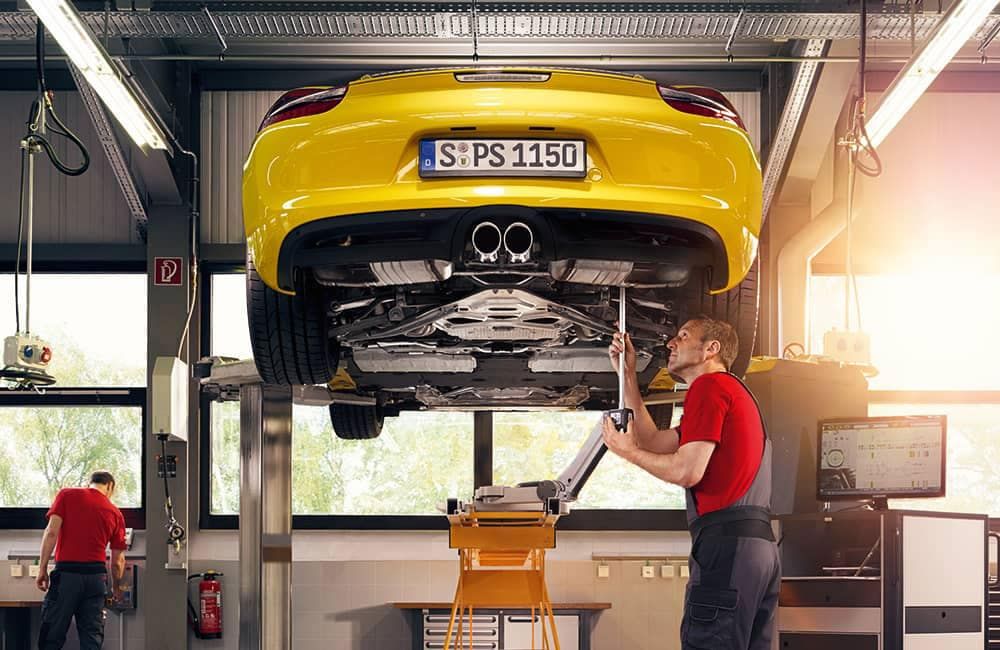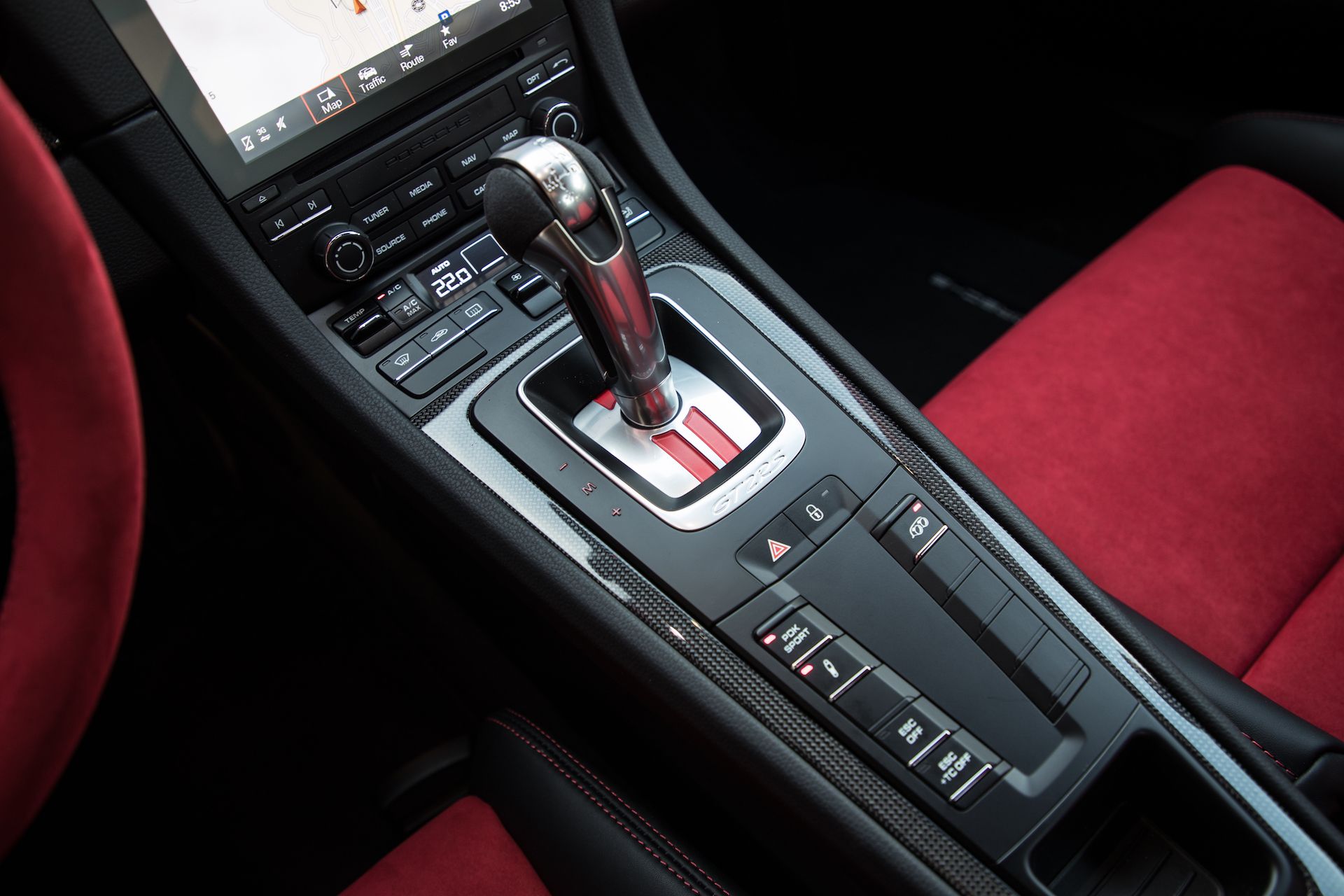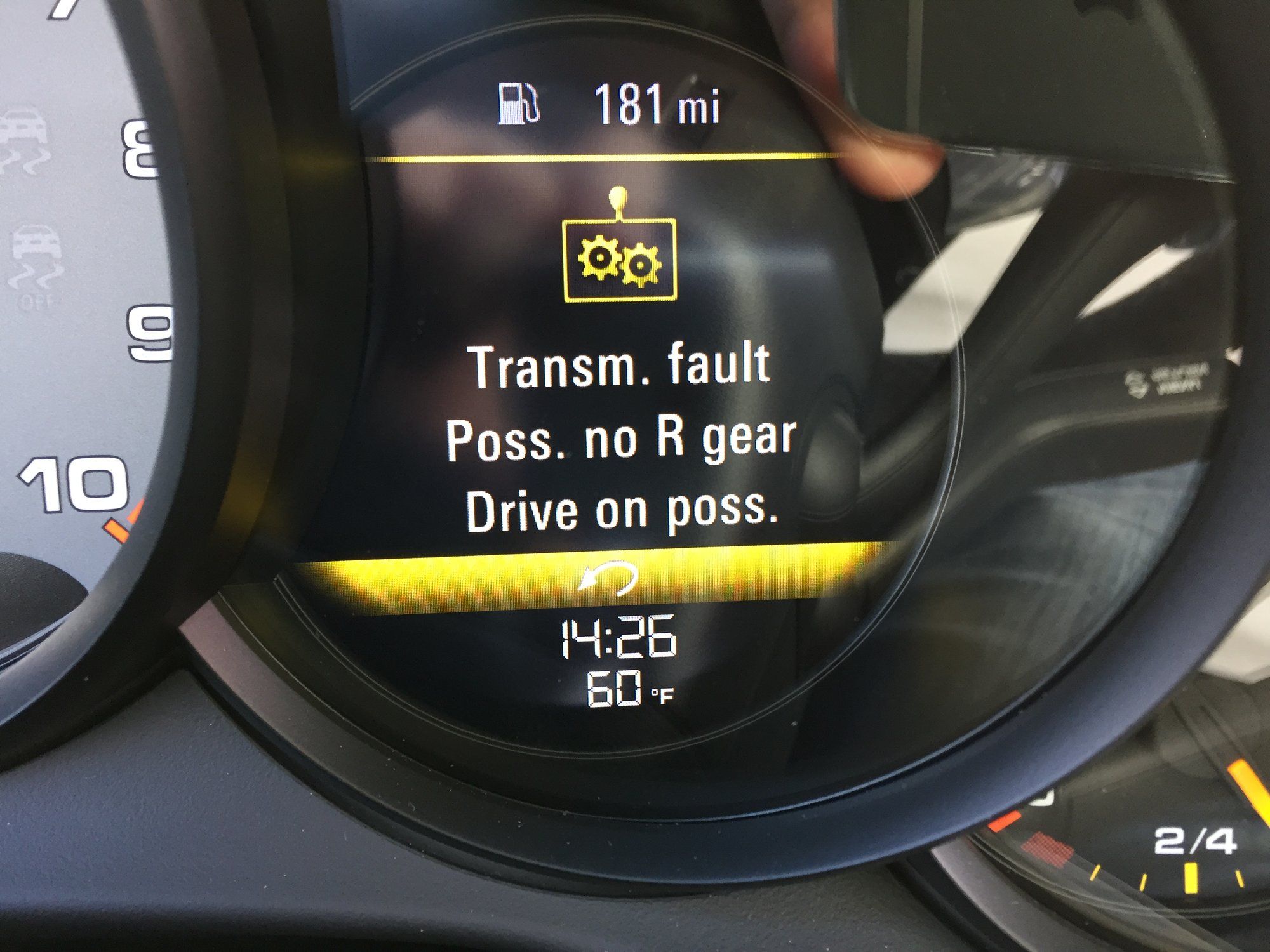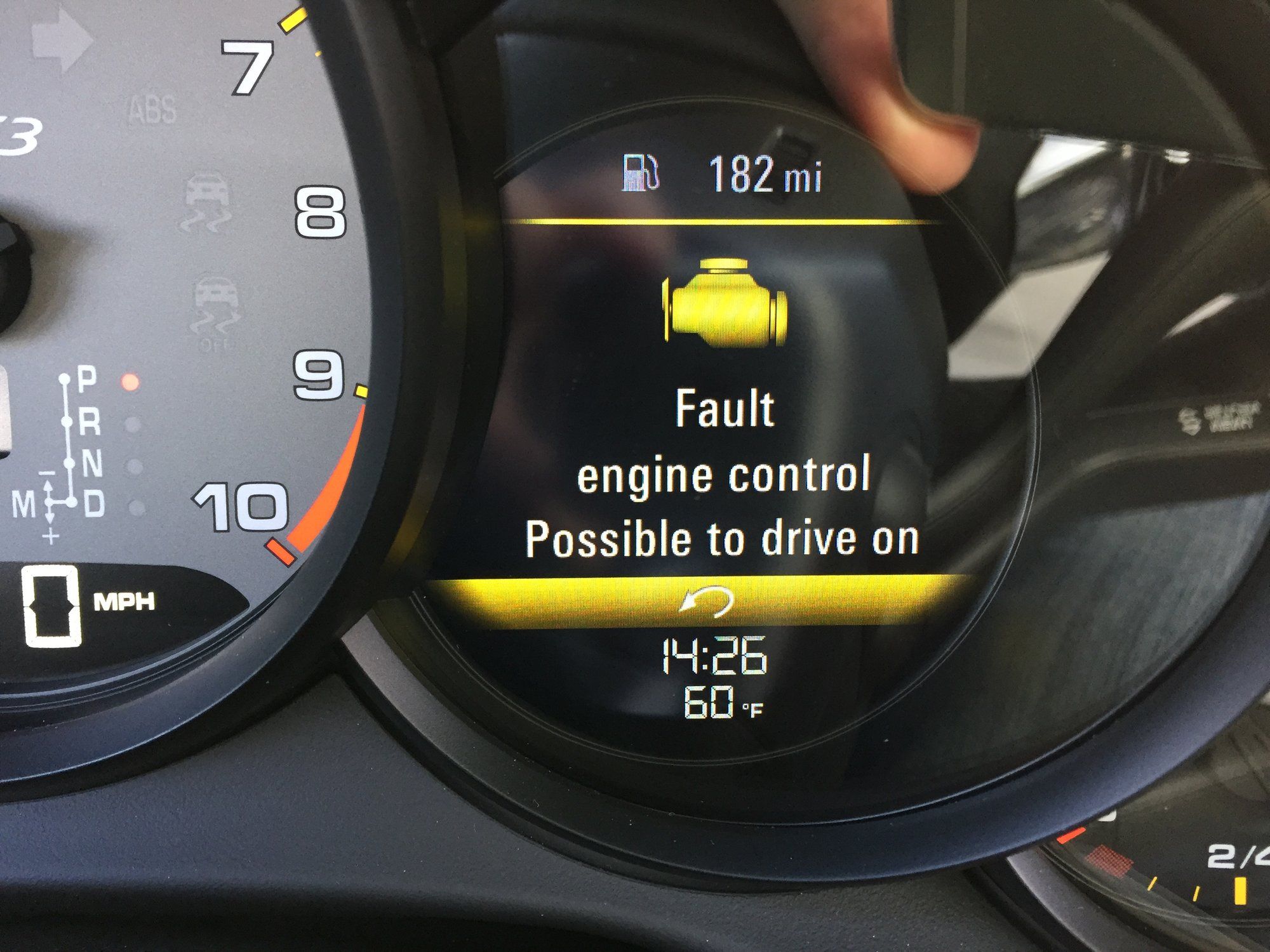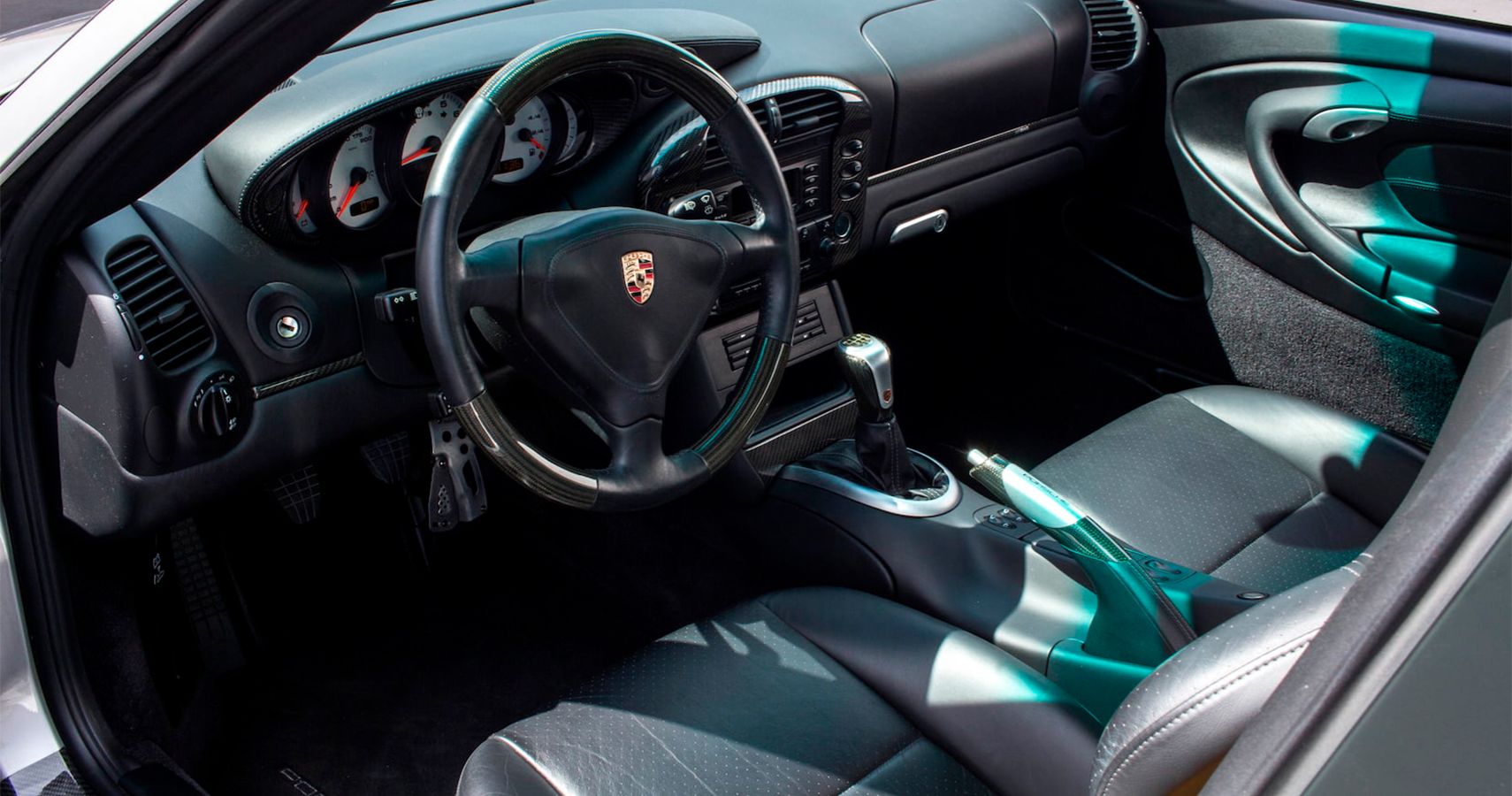Many enthusiasts claim that once you get behind the wheel of a Porsche, it becomes an experience and not just a drive. Well, after looking back at over a century of Porsche development and success, the temptation to own one is understandable. Having been in the auto industry for so long, the impressive lineup of models like the legendary 911, the thrilling Boxster, the focused Cayman, the dynamic Cayenne, the supple Macan, and the standout 918 Spyder supercar ensures Porsche maintains its iconic heritage.
Compared to other brands, Porsches like the 911s hold their value so well. The slow depreciation, not to mention the historical reliability, are the main reasons why Porsches typically attract strong demand and enjoy high resale values. Nonetheless, if you own a Porsche or potentially thinking of adding one to your garage, it's paramount to understand the potential problems you might face in the future. Among all luxury brands, exotics excluded, Porsche is arguably the most expensive luxury brand to maintain. Are you interested to know why?
10 Porsche Communication Management Issues
Many owners of Porsches that come fitted with the PCM 3.1 have occasionally reported all sorts of weird and random behaviors. Porsche installed the 3.1 system mainly in models built between 2010 and 2016. No one is sure of the exact cause of the issue, but speculations suggest a software update resulted in unstable conditions.
The symptoms of a faulty PCM unit include loading the wrong language, failure to load the map, loading just the Porsche logo screen, restarting every 2-3 minutes, or turning on and off at random times. One way to resolve the PCM problem is by performing a hard reset through the guidelines listed in the owner's manual. However, if the problem persists, then your Porsche needs a date with the mechanic.
9 Intermediate Shaft Bearing Failure
If you own or buy a Porsche 911, Boxster, or Cayman from MY1997 to MY2008 with an M96 or M97 engine, then your car runs the risk of IMS bearing failure. These Porsches house an older engine design in which the bearing links the crankshaft to the camshaft via chains. In addition, the invention also allowed the crankshaft to run the oil pump on one end.
The original IMS bearing has a design flaw stemming from Porsche's transition from air-cooled engines to water-cooled units. If you get a model with the original design, the IMS would require regular and constant lubrication since it relies on internal grease. Otherwise, the grease breaks down over time and wears away, resulting in IMS-bearing failure. Nonetheless, several companies resolve this issue with more robust, longer-lasting IMS-bearing versions.
8 Timing Chain Complications
Arguably the most collectible Porsche is the legendary 911. Although many recognize the 911 as one of the world's most iconic sports cars, models produced between 1964 and 1983 came with an inbuilt weak spot. The flat-six engines from that period employed a closed unit timing chain tensioner.
When the seals fail, the tensioner loses pressure and collapses, allowing the timing chain to slacken. If you are unfortunate to land on a Porsche 911 with original timing chain tensioners, consider retrofitting a chain tensioner from a 1984 or later Carrera model. These tensioners boast a constant supply of pressurized oil, meaning way fewer complications.
7 Oil Level High Or Low
An 'oil level too high or too low' message should be taken seriously by any Porsche owner. German car manufacturers strongly believe that implementing a no dipstick culture is a brilliant idea. As a result, the oil level is measured electronically for accuracy. This technology is fantastic, assuming that the electronic measurement is telling the truth.
But since there's no manual backup of the old-school dipstick, it becomes tricky to determine whether you overfilled or underfilled or whether the sensor itself is faulty. The only way to be sure is through draining and measuring the oil in the engine. Ignoring this issue altogether is one certain way of potentially welcoming a myriad of engine problems down the road.
6 Faulty Climate Control Module
The climate control in the cabin is a blessing; thus, it's annoying and almost unbearable when the system no longer works properly. Cabin temperature has become such a crucial part of everyday driving that it is damn near impossible to ignore. Luckily, as opposed to various systems in a Porsche, a faulty climate control module is easy to detect.
Early warning signs include inconsistent airflow whereby some vents disperse air less efficiently than others, and issues with reaching or retaining the desired temperature levels. The climate control module could fail due to outdated software that requires an upgrade or electrical problem with components such as wiring and sensors. Visiting a specialist is the sure way of getting an accurate diagnosis.
5 Cracked Cylinder Liners
One of the biggest pitfalls in owning a Porsche with an M96 or M97 engine is the possibility of getting cracked cylinder liners. Half of each cylinder bore in these engine cases has a liner or a one-piece sleeve that becomes prone to micro-fracturing over time.
A cracked lining issue could appear in several ways, ranging from compression loss, overheating, and oil consumption. Diagnosing a cracked cylinder is complicated, since the fracturing can take a while before eventually casting their evil magic. Due to this complexity, frequent overheating, high oil consumption, and unexplained compression loss should prompt close engine inspection for cracks.
4 Excessive Engine Smoke
Smoke coming from the engine is alarming, since it is not designed to expel any waste gases from any component under the hood. Typically, smoke coming from the engine indicates overheating caused by heated residue on the engine block, faulty coolant systems, low lubricant levels, or faulty wire casings. One way to identify the source of the engine smoke is through its color.
White smoke indicates a coolant leak since it's a water-based solution, while blue or gray smoke is a sign of a possible oil leak. Black smoke is the most concerning type since it could mean leaking fluids, clogged or dry air filters, air oil separator issues, a faulty gasket, faulty sensors, bad fuel injectors, or a broken engine component. The best way to address the issue is by visiting a Porsche expert, since smoke results from different system malfunctions.
3 Coolant Leaks
A coolant leak is detrimental to an engine. It could lead to overheating and severe damages, resulting in total failure or engine replacement in extreme cases. Symptoms of a leak include a puddle either at the front or back of the Porsche after prolonged parking, a low coolant warning light, or an irritating coolant smell while driving.
The leaks could stem from cracks in the plastic coolant reservoirs, damaged radiators, faulty hose connectors, water pump failure, and worn-out coolant pipes. Controlling the leaks from the cooling reservoir, radiator, and water pump is easy with regular inspection. However, faulty hose connectors and coolant pipes require a new assembly that puts repair costs into big money territory.
2 PDK Issues
The Porsche Doppelkupplungsgetriebe, acronym PDK, is an automated double-clutch transmission. The unit consists of an automatic dual-clutch front section and a rear manual transmission section. Although the rear manual transmission is reliable and solid, the automated front section harbors most PDK issues.
Most PDK issues appear as a collection of warning lights that sometimes result in the car's refusal to do anything. Although most people prefer to replace the PDK, this is more costly than replacing parts and digging deeper for root causes. PDK issues can be traced to faulty transmission Control Modules, problems with the mechatronic unit, sensor failures, or a worn-out clutch.
1 Check Engine Light
'Check engine' is a ubiquitous error message in Porsches. Common because engine problems come in different forms from different engine components, each with a unique code. Cylinder misfires are among the most common faults due to dead cylinders, fuel injector malfunction, faulty intake lifters, worn spark plugs, oil leaks beyond spark plug tube seals, or bad ignition coils.
Other reasons for the CEL include faulty camshaft adjuster bolts, vacuum leaks from failed PCV systems, MAF failure, incorrect valve lift, and CAM solenoid failure. Sometimes, the CEL is accompanied by significant power loss during acceleration. Considering all these possibilities, it goes without saying that the CEL is best addressed by a professional who understands what each error code means.


